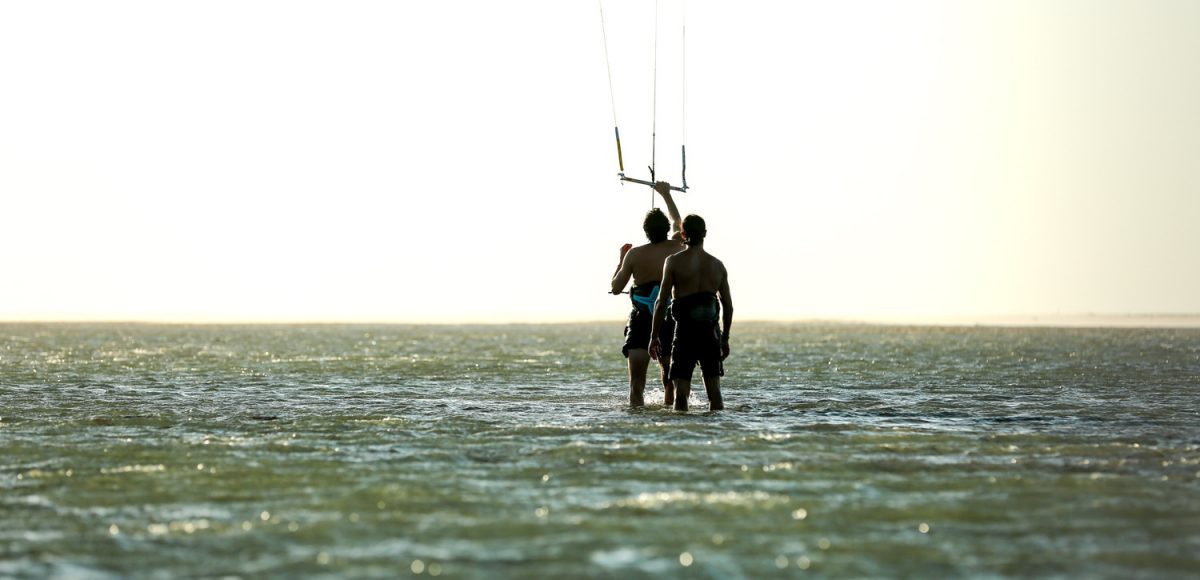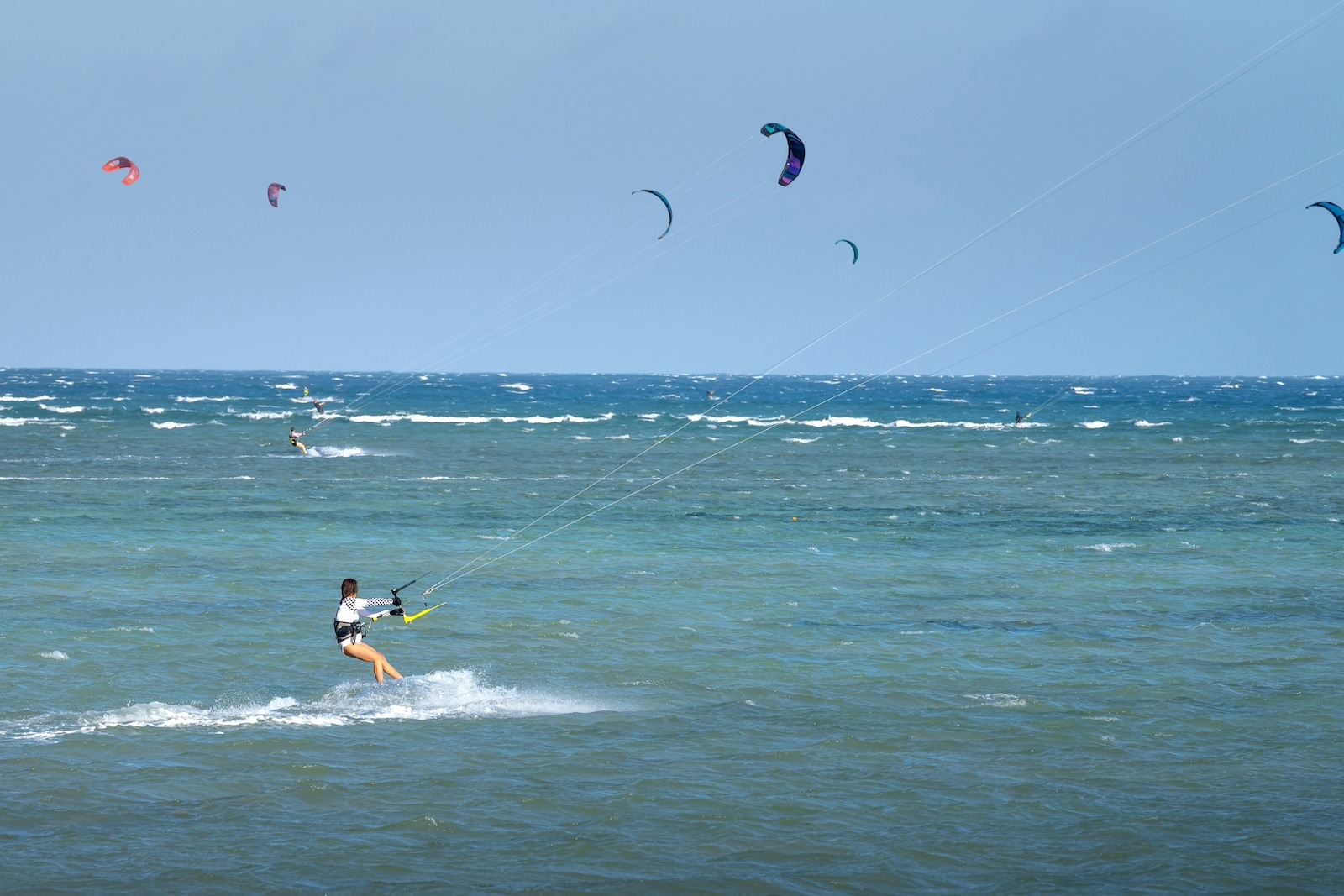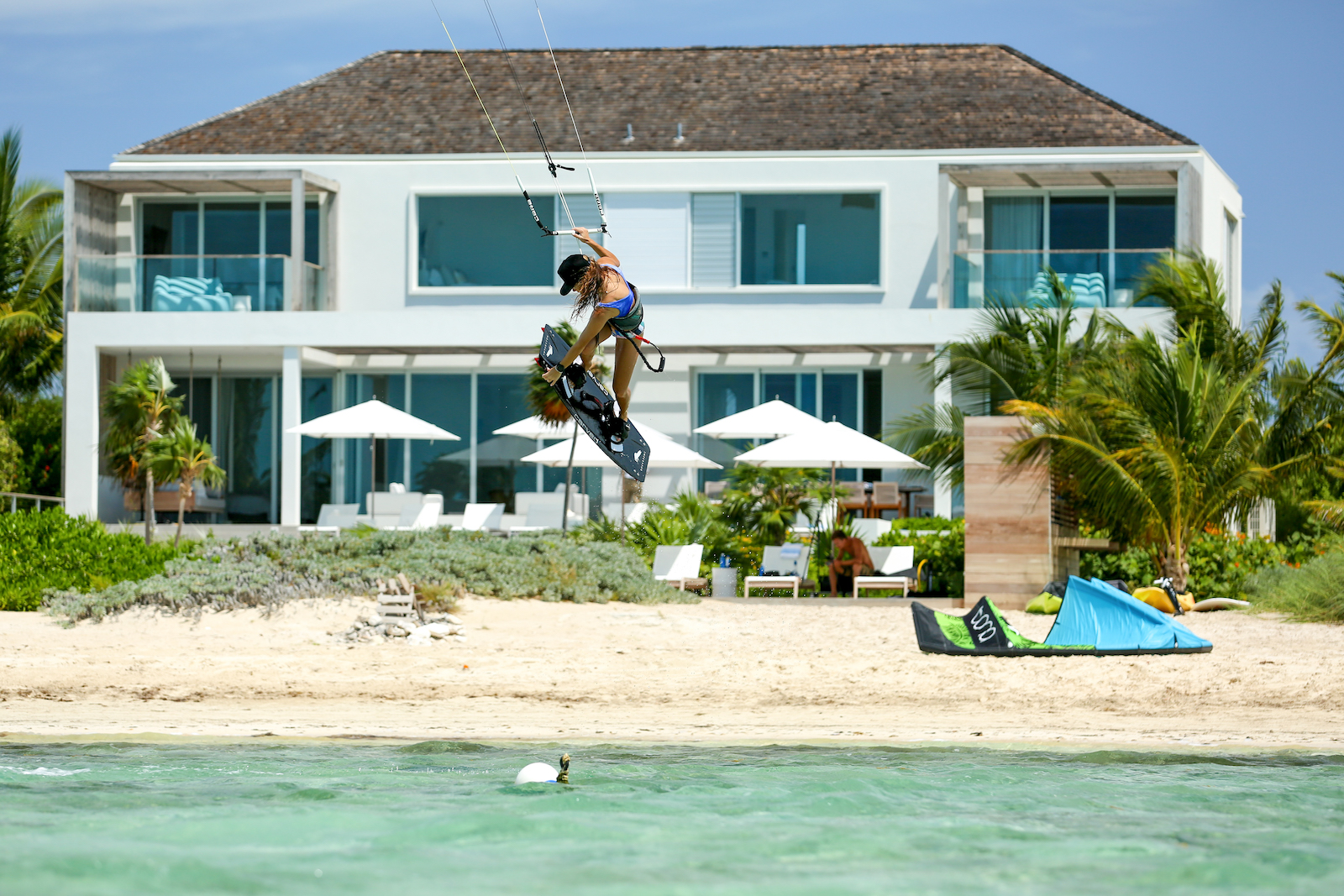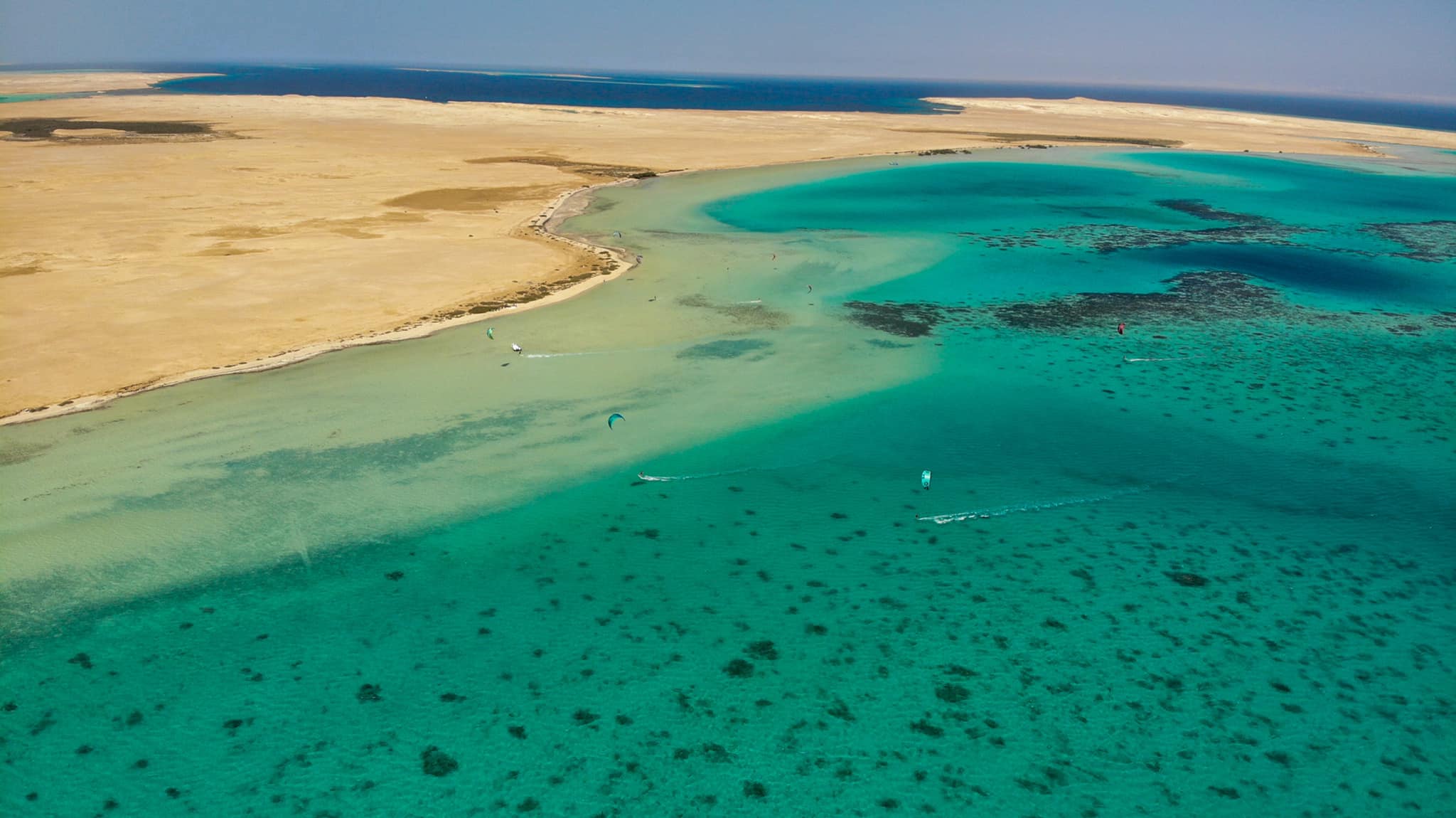When you talk about kite surfing, the conversation usually finds its way to the mecca that is Northern Brazil. With hundreds of kilometers of coastline and wind that blows more than 330 days a year, it’s easy to see why.
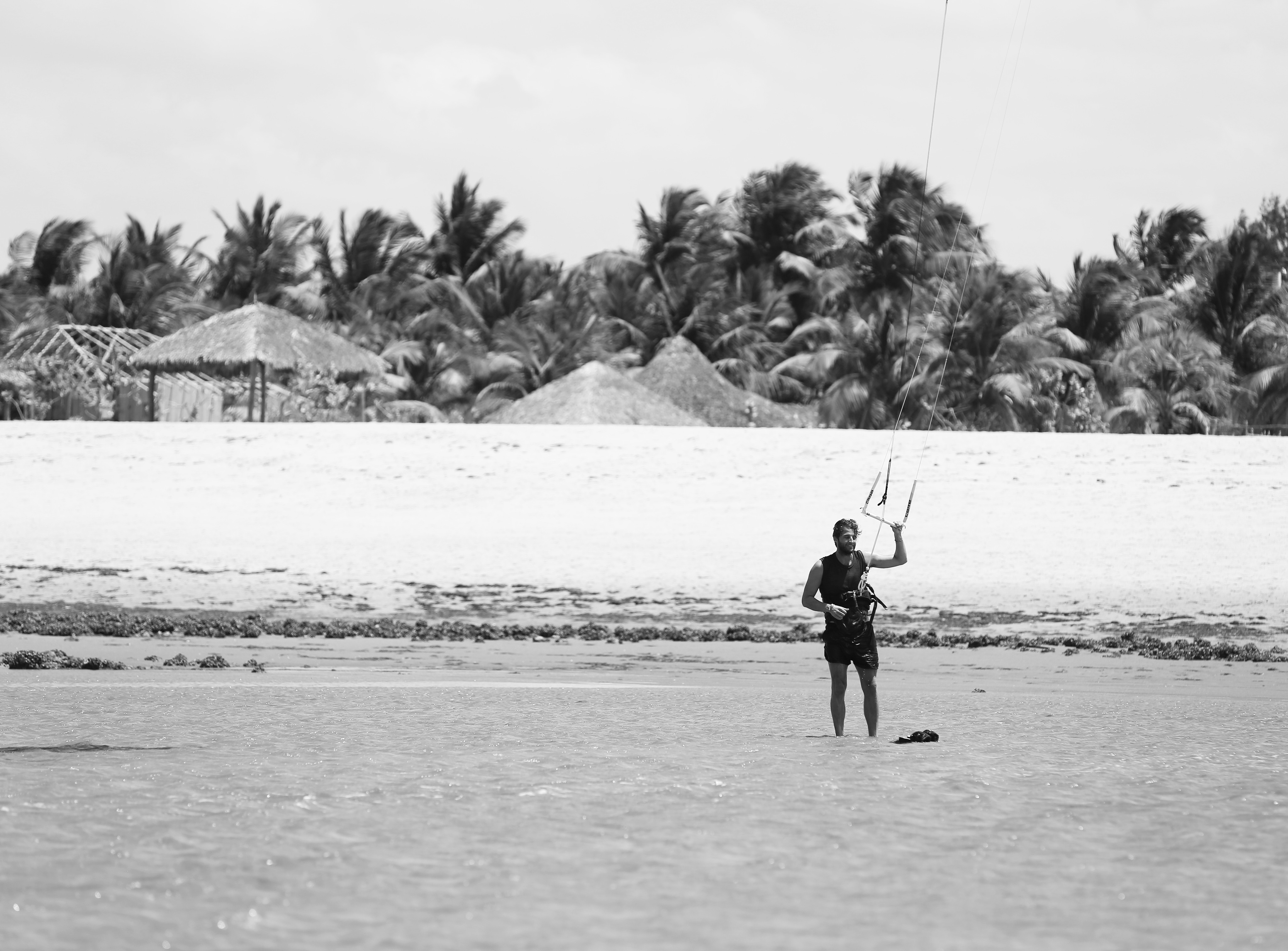
While not yet an avid kiter myself, when the Heli boys were planning a trip to the region this past November, I found a way to make it down there. Thankfully for me, I arrived just as all the pros had departed. That left me with a tired friend and a lot of wind to get my training wheels off.
Kite surfing is a fickle sport because it has an initial learning curve that loses even the most enthusiastic of novices. Unlike basketball for example, you can’t really just show up and start shooting hoops. The first hurdle one must overcome is to become independent on the water. That requires you to not only be able to manage your own gear, but to be able to kite downwind. From there, if you do not want to spend your whole life walking back up the beach to your point of entry, you must learn how to kite upwind. Enter my position when arriving in Brazil.
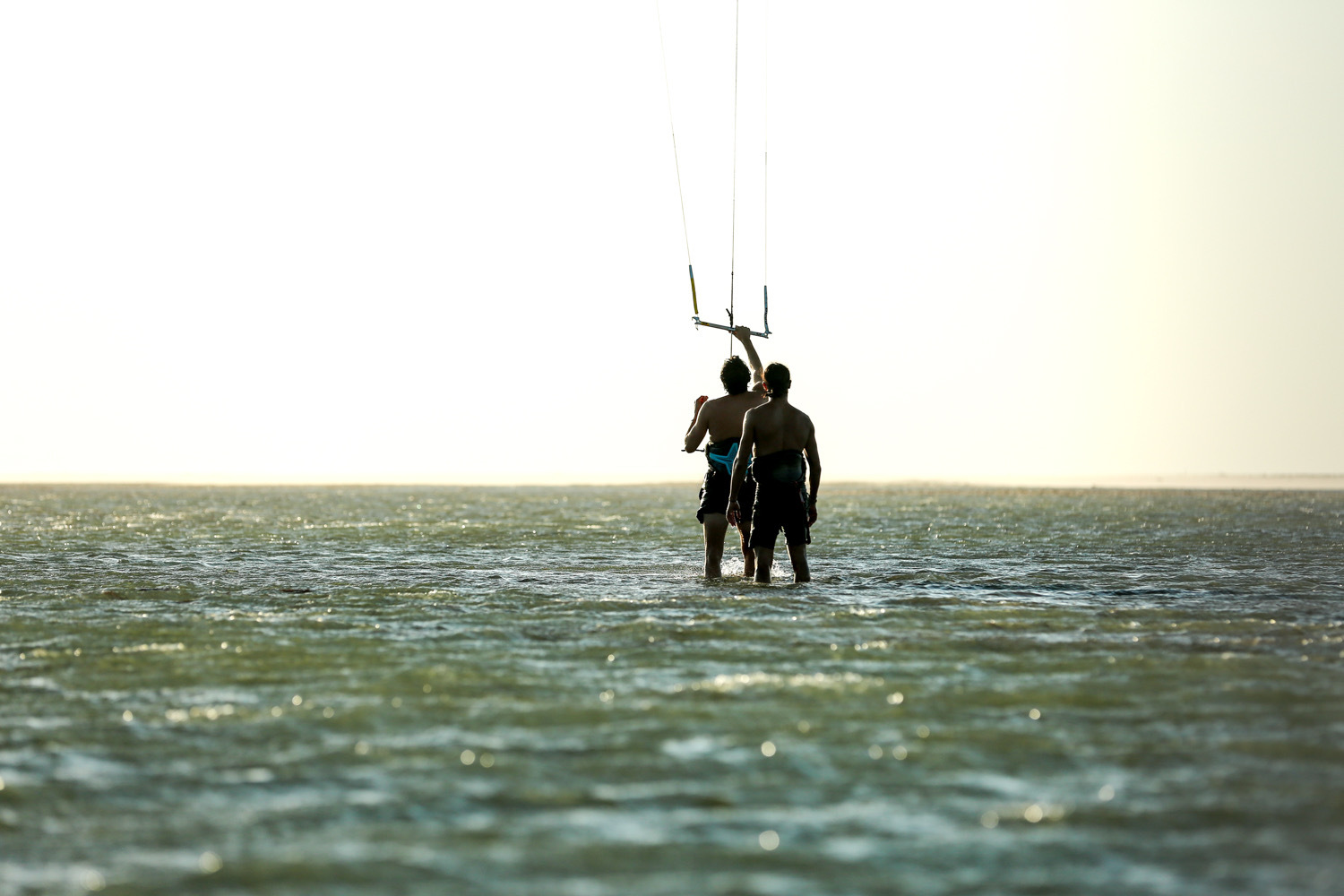
Landing in Fortaleza, you really are just beginning your journey. With a sprawling coastline and limited roads, getting to places in Brazil is often easier by water than by land. While Jericoacoara gets most of the buzz, it is sadly an overdeveloped town that is nowhere near the best spot to kite in the area. Thankfully, my initial rendezvous with the boys was in Tatajuba and ahead of me lay a six hour drive. Towards the end of the drive, one had to wait for the tides to match, as Tatajuba is a beach haven that disconnects from the mainland during certain moments of high tide.
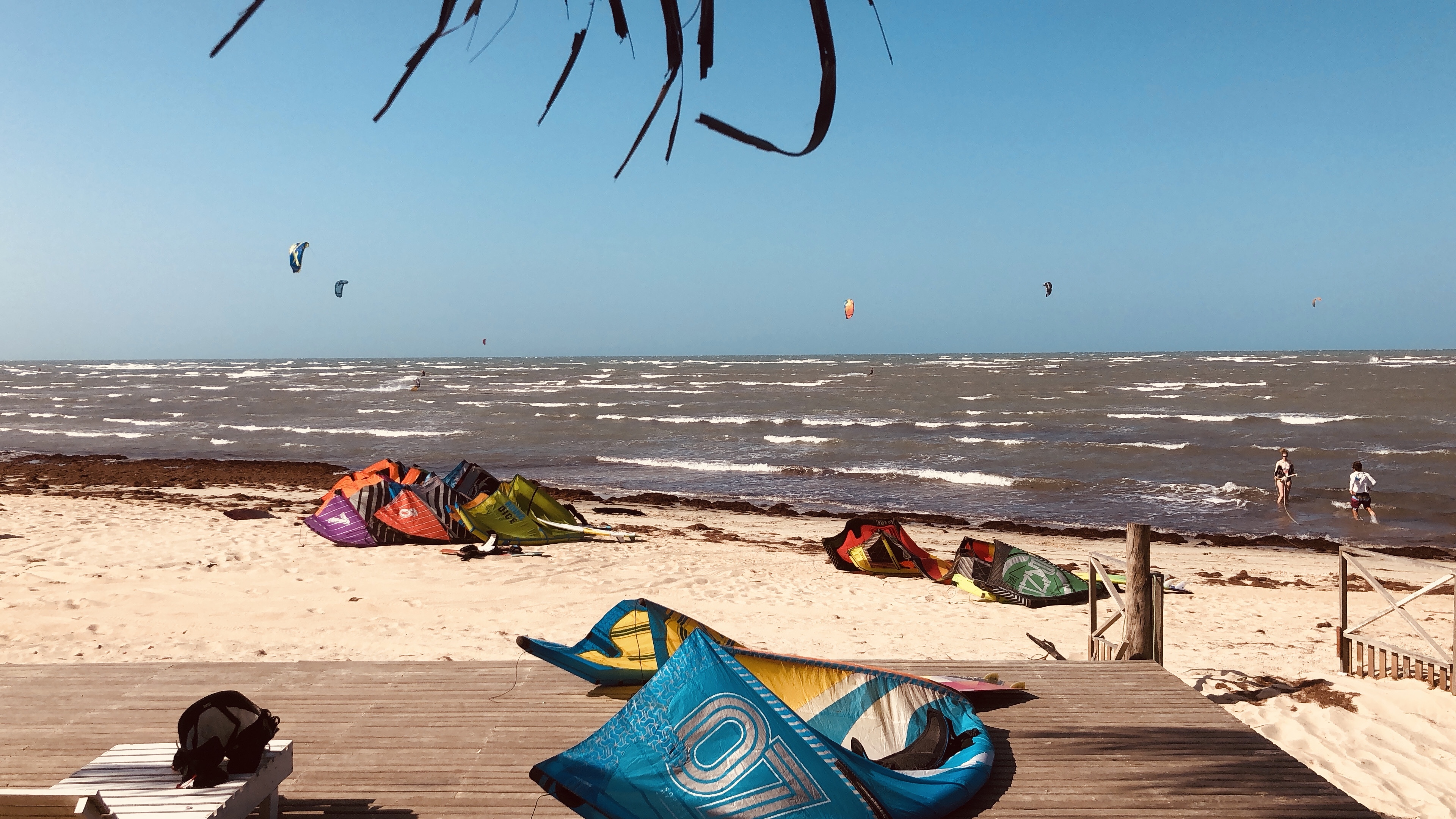
Tatajuba is the jam. A speck of sand that is a playground for any kite enthusiast. With sandy bottomed lagoons that fill and empty throughout the day, one finds no shortage of spots to dance. That said, the wind is strong and the crowd is stronger. A few sessions here and I would say that I was not much stronger than when I arrived, but nonetheless we packed our things, timed the tide and headed west to the unspoiled gem, Barra Grande.

Barra Grande is another few hours further west and even more remote. However, when you arrive in the town, it is clear that you are not the only kite surfer in town. With a beach fully dedicated to kiting, this has become the new home away from home for the kite community that has moved on from Jeri. When the wind is on, one could easily stay here for days on end. A few kilometers down the beach, you come across the ultimate kite lagoon called Praia de Macapá. It’s about a 90 minute drive to get there, but you can easily kite downwind to Macapá with a quick downwinder.

The days are ideal in this part of the world. Wake up early, grab your coffee, check some emails, stretch out and do a little yoga. Around 10am the wind starts picking up and it’s firing all the way through sunset. Unlike snow or waves, one does not have to fight the crowds for the ideal conditions. The wind blows equally for everyone.

Towards the end of our trip, I was feeling a bit more confident and decided to try and generate some independence on the water for myself. After a few laps of mediocre upwind sessions and walks back up the beach with my tail between my legs, I called it a day. As I rode over to the beach, I pitched up in front of a beach bar and made the signal to put down my kite to a fellow walking up the beach. As I started to put down my kite, the fellow moved a bit so I tried to match his location but instead dropped the kite on a table full of people trying to enjoy their sunset. A couple of laughs and lost açaí bowls later, and I was back to walking up the beach with my tail between my legs.

